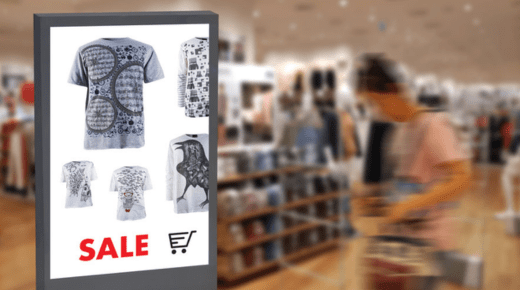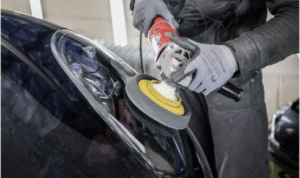
KupidAI- generate image
In the fast-evolving world of digital art, artificial intelligence (AI) has become a game-changer. What once seemed like a futuristic concept is now a reality, as AI-driven tools are revolutionizing the way artists create and audiences engage with content. Among the many applications of AI in digital art, one of the most intriguing—and controversial—is its ability to generate “spicy” content. This includes everything from suggestive imagery to provocative storytelling. Let’s explore how AI is heating up digital art and what this means for artists, audiences, and the future of creativity.
The Rise of AI in Digital Art
AI has been making waves in the art world for several years, with advancements in machine learning and neural networks enabling computers to create images, music, and even written content that can rival the work of human creators. Digital artists are now using AI as a tool to push the boundaries of their creativity, experimenting with new styles, concepts, and techniques that were previously unimaginable.
One of the most significant developments in this area is the ability of AI to generate images based on text prompts. Artists can input a description of what they want to create, and the AI generates an image that matches the description. This technology has opened up a new world of possibilities for artists, allowing them to explore themes and ideas that they might not have been able to tackle on their own.
Spicing Things Up: AI-Generated Provocative Content
As with any technology, AI’s capabilities have also sparked interest in more risqué applications. AI tools are now being used to create “spicy” digital art, which includes everything from sensual imagery to adult-themed content. This trend has been fueled by the growing demand for personalized and provocative content in the digital space.
Platforms like KupidAI are at the forefront of this movement, offering users the ability to create and customize spicy content with the help of AI. These tools are designed to generate content that is not only visually appealing but also tailored to the user’s specific preferences. Whether it’s a suggestive image or a flirtatious storyline, AI is making it easier than ever for artists and content creators to explore the more sensual side of digital art.
One of the key features of these AI tools is their ability to generate images that push the boundaries of traditional art. For example, users can KupidAI- generate image by simply entering a description of what they want to see. The AI then creates an image that matches the description, allowing users to explore their fantasies in a safe and controlled environment.
The Ethical Implications of AI-Generated Spicy Content
While the ability to create spicy digital art with AI is undoubtedly exciting, it also raises important ethical questions. As AI becomes more advanced, the line between what is considered acceptable and what is not can become blurred. This is particularly true when it comes to adult-themed content, where issues of consent, privacy, and exploitation can arise.
One of the biggest concerns is the potential for AI-generated content to be used in harmful ways. For example, deepfake technology, which uses AI to create realistic but fake images and videos, has already been used to create non-consensual adult content. This has led to calls for stricter regulations and guidelines to ensure that AI is used responsibly in the creation of digital art.
Another concern is the impact of AI-generated content on the creative industry. As AI becomes more capable of producing high-quality art, there is a risk that human artists could be displaced or devalued. This has sparked a debate about the role of AI in the creative process and whether it should be viewed as a tool to enhance human creativity or a threat to it.
The Future of AI in Digital Art
Despite these concerns, the future of AI in digital art looks bright. As AI technology continues to evolve, it is likely that we will see even more innovative and exciting applications in the world of digital art. From creating realistic virtual environments to generating interactive narratives, the possibilities are endless.
For artists, AI offers a new way to explore their creativity and push the boundaries of what is possible. By using AI tools to create spicy content, artists can experiment with new styles and themes that may have been too difficult or time-consuming to create on their own. This not only expands the range of what is considered art but also opens up new opportunities for artists to reach and engage with audiences.
For audiences, AI-generated content offers a more personalized and interactive experience. With the ability to customize content to their preferences, users can explore their fantasies and desires in a way that is both safe and satisfying. As platforms like KupidAI continue to develop, it is likely that we will see even more advanced and immersive experiences in the world of digital art.
In conclusion, AI is heating up digital art in more ways than one. By enabling artists to create spicy content that pushes the boundaries of traditional art, AI is not only changing the way we think about art but also how we interact with it. While there are certainly ethical challenges to consider, the potential for AI to enhance creativity and innovation in digital art is undeniable. As we look to the future, it is clear that AI will continue to play a significant role in shaping the world of digital art—and adding a little spice along the way.







